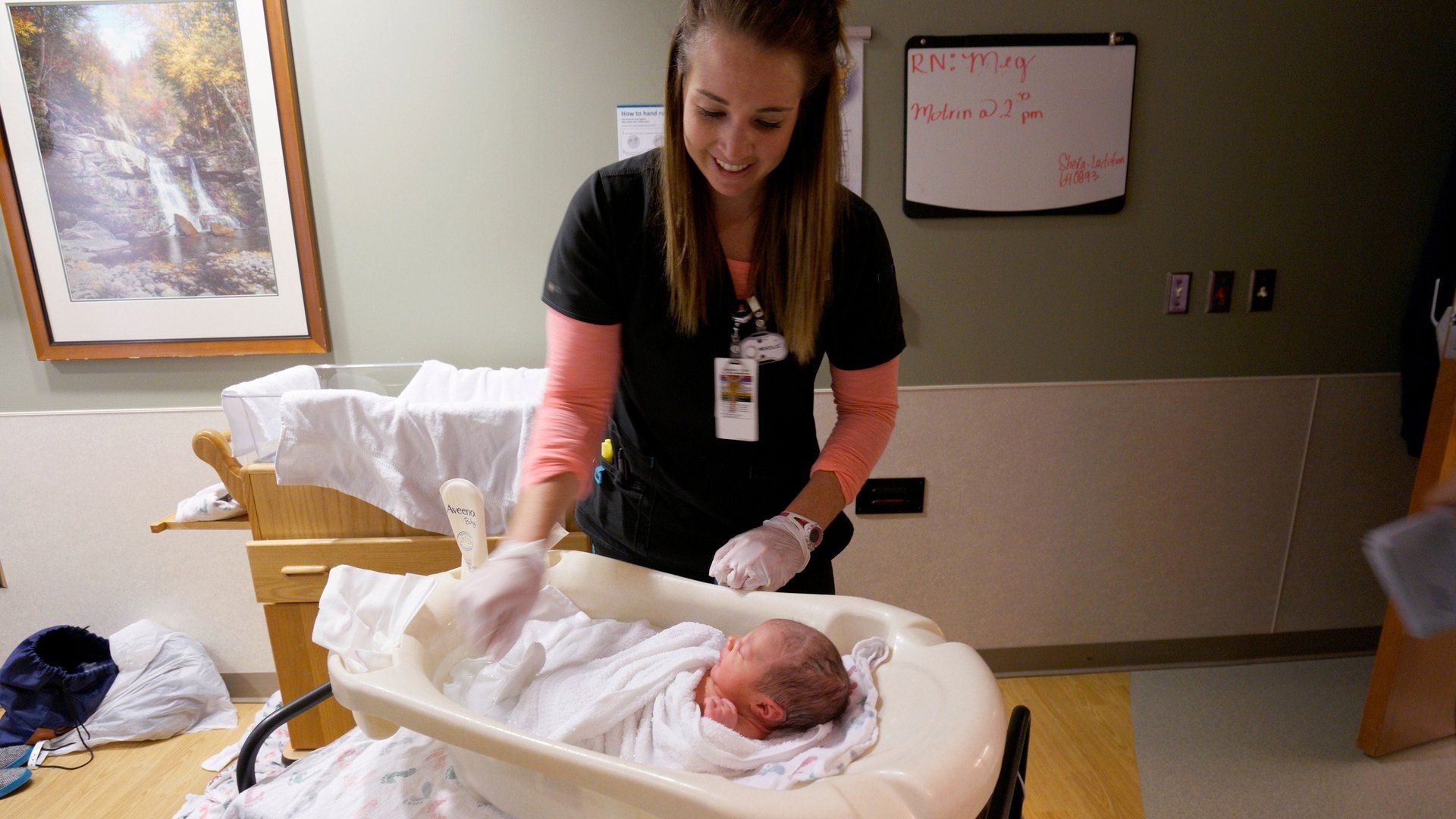America is running out of OB/GYNs
There aren’t enough Ob-GYNs in America, and soon there will be even fewer. Half the counties in the US don’t have any practicing OB-GYNs. The American College of Obstetricians and Gynecologists (ACOG) puts the current shortage at 6,000 to 9,000 OB-GYNs countrywide, a number it’s expecting to balloon to 22,000 by 2050.


There aren’t enough Ob-GYNs in America, and soon there will be even fewer. Half the counties in the US don’t have any practicing OB-GYNs. The American College of Obstetricians and Gynecologists (ACOG) puts the current shortage at 6,000 to 9,000 OB-GYNs countrywide, a number it’s expecting to balloon to 22,000 by 2050.
The problem doesn’t only affect rural areas, which have traditionally been underserved. It extends to some of the country’s biggest metro areas. Las Vegas is the metro at the highest risk of long-term shortages, followed by Los Angeles, Miami, Orlando, and Riverside, California, according to new data from Doximity, a US physician and health workers network with more than a million members.
America’s busiest OB-GYNs
The study analyzed the profiles of 43,000 OB-GYNs in the US’s 50 biggest metropolitan areas. It found the most overworked doctors today are in Saint Louis, Missouri. There, the average OB-GYN handles an average of 247 births a year. Here’s the list of metros where OB-GYNs handle the most births per year:
Even though there isn’t an exact number of deliveries that would be safe and ideal for a doctor to oversee, the workload in those cities is well above the nationwide average of 100 births per year, Peter Alperin, a physician and Doximity executive, told Quartz.
Why aren’t there more OB-GYNs?
Some of the causes for the shortage are well-known, from lack of incentives to work in rural areas to the over-involvement of OB-GYNs in deliveries. But perhaps the main factor is financial, the study reveals.
OB-GYNs are among the worst-paid specialists, yet they face the second-highest malpractice insurance costs. Nearly 80% of ACOG’s members have faced lawsuits in their careers. About a third of them have reported making changes to their practice, for instance deciding not to take Medicaid patients, or limit them to a quota, according to an ACOG 2017 report on the OB-GYN workforce.
Another major reason for the shortage of OB-GYNs: They’re aging out of the profession. Only 16% of American OB-GYNs are under 40 years old. The average OB-GYN is 51 years old; 35% of them are above 55. OB-GYNs who provide maternity care are particularly scarce, because most stop doing this kind of work at 48, according to ACOG data.
What’s driving young doctors away?
A key to understanding what is preventing younger doctors from taking up gynecology as a career is the correlation between the share of Medicaid patients (versus commercial insurance,) a doctors’ workload, and the doctor’s age. The higher share of Medicaid patients in an area, the higher a doctor’s workload—which indicates scarcity.
Medicaid’s reimbursements for OB-GYNs are lower than commercial insurance. Doctors have complained that such low rates make it hard, if not outright impossible, to maintain a practice. Often, if a newly minted OB-GYN wants to have a successful business, he or she is more likely to set up shop in wealthier areas, where more patients have private insurance and the workload is lighter.
That leaves poorer areas underserved. Even in a state like California, which has some of the best records in the country for maternal health, income matters. Cities with higher median incomes have physicians with far smaller workloads. Those where people have lower income—and are on Medicaid—also suffer from a shortage of OB-GYNs. San Jose, for instance, where the median income is $110,000 per year ($57,600 higher than the US average,) has one of the lightest workloads for OB-GYNs: only 65.27 births per year. Meanwhile, OB-GYNs in Riverside, where the median income is just above $63,500 a year, deliver 237.28 babies each. That puts the city at high risk of further shortages.